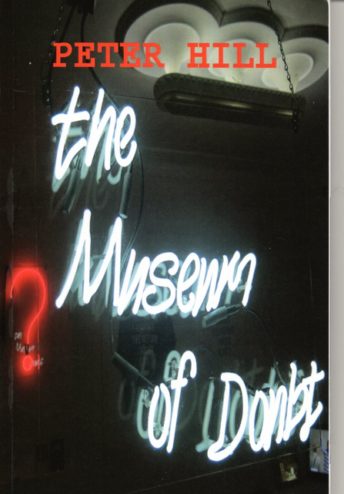Fake News and Superfictions:
A Performance-Lecture
By
Dr. Peter Hill
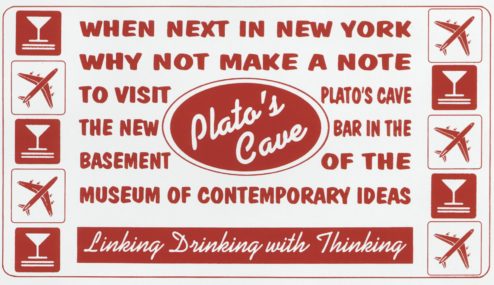
16 December 2018
13:00 – 14:00
@ MOMENTUM
Kunstquartier Bethanien
Mariannenplatz 2, Berlin
FAKE NEWS and SUPERFICTIONS
Peter Hill’s concept of The Superfiction began in 1988 in the gap between installation art and literary fiction. Over the years, it evolved into a way of linking any two or more (mostly) human activities through the postal system, the internet, psychogeography, and adventurism. His first exhibition, Faking It (Edinburgh, 1988), was followed by his creation of The Museum of Contemporary Ideas (1989 – ongoing) supposedly the world’s biggest new museum on New York’s Park Avenue. His work asks, how do we know what is true or false in any given visual statement? He is currently on a three- year round-the-world lecture tour called Fake News and Superfictions. Be prepared. You might find yourself entering a lecture and leaving a novel or an art installation – united in a time-based performance called “Life”. Peter Hill’s performance-lecture is delivered in four fifteen minute fragments, selected from an archive of 50 individual fragments encompassing Hill’s expansive career in generating realities out of fictions as artworks.
In the first fragment, he looks at truth and fiction in the rise of populism, the lies of Donald Trump and the Brexit “Leave Campaign”, and sets those against historical precedents in politics and the arts, including Orson Welles’ radio broadcast of The War of the Worlds (1938), George Orwell’s 1984 (1948), the cover-up of China’s Tiananmen Square massacre (1989), and the Bill Clinton and Monica Lewisnky case. He also references recent exhibitions dealing with fake news and superfictions, including Fake News (National Science and Media Museum, Bradford, UK), Jonas Staal’s Steve Bannon A Propaganda Retrospective, The Nieuwe Instituut, Rotterdam, The Theatre is Lying, opening this week at ACCA in Melbourne, and the upcoming Venice Biennale the theme of which is Fake News. This fragment concludes with some examples from Peter Hill’s Contemporary Archive (1989 – ongoing).
The second fragment draws on memoir and diary entries. He reflects on Charles Dickens’ notion of “the best of times and the worst of times” in relation to his own experience of working as a lighthouse keeper off the west coast of Scotland in 1973. This is contrasted with the trauma he experienced after witnessing the IRA Guildford pub bombings in 1974. Much of Hill’s obsession with truth and falsehood stems from the police falsification of evidence relating to the so-called Guildford Four. They were entirely innocent, and served fourteen years in prison for a crime they did not commit. Hill’s creation of the fictional group Made in Palestine Made in Israel reflects on ”the lottery of birth” and the fictive nature of the nation state.
A third fragment looks at Peter Hill’s Museum of Doubt, and how it is inspired by ideas from the philosophy of science including falsificationism (Sir Karl Popper), Paradigm Change (Thomas Kuhn) and anarchistic theories of knowledge (Paul Feyerabend). This contrasts with the populist extremes of fake news, the hoax, and the April Fool’s prank. It includes works by one of his many fictive groups AAA (Art Against Astrology), and young artists who explore notions of Doubt and Self-Doubt, such as Molly Kent (Edinburgh).
The fourth and final fragment focuses on Peter Hill’s Museum of Contemporary Ideas (1989 – ongoing) supposedly the world’s biggest new museum when it opened on New York’s Park Avenue in August 1989. He describes its eventual détournement into an art installation and novel called The Art Fair Murders (12 months, 12 cities, 12 art fairs, and 12 murders). Hill describes how, since 1993, he has created fictional art fair installations within museums and commercial galleries, and disguised his own trauma within the artworks that are framed by the money, ostentation and “supermarket values” of the contemporary art fair booth. Within these fictional settings he places art objects such as his Hermann Nitsch Shower Curtain from his Museum Shop series. He will also describe the use of psychogeography and structured walks in his artworks. Hill concludes this fragment with a few historical and contemporary examples of artists who have created what he calls Superfictions, including Marcel Broodthaers, Guillaume Bijl, General Idea, Cindy Sherman, Martin Kippenberger, Billy Apple, the Seymour Likely group, IRWIN, The Museum of Jurassic Technology, Alexa Wright, Xu Bing, SERVAAS, Rodney Glick, Eve Anne O’Regan, Patrick Pound, Sarah Ryan, Jacquelene Drinkall, Cameron Bishop, Michael Vale, Adeline Kueh, Laresa Kosloff, Robert Zhao Renhui, Mathieu Briand, 4 Square Laundry, Michael Candy, Molly Kent, and Rachel Maclean.
ARTIST BIO
Dr Peter Hill is an artist, writer, and independent curator, born in Glasgow and now based in Australia. He is an Adjunct Professor at RMIT University, Melbourne, Australia. Between 2014 – 2017 he was external examiner for Goldsmiths School of Art at La Salle College of the Arts, Singapore. The topic of Peter’s studio-based PhD (RMIT 2000) was Superfictions: New Uses for Fiction in Contemporary Art Practice. He is currently artist-in-residence at PHASMID (GAG Projects) in Berlin, as part of an on-going round the world lecture-and-residency tour (2017 – 2020) called Fake News and Superfictions.
As an artist, Peter Hill has exhibited in the Biennale of Sydney; Museum of Contemporary Art, Sydney; the Museum of Modern Art, Oxford; and he has made countless ephemeral artistic interventions around the world. He is working on a Fake News and Superfictions pop-up project for Venice, to coincide with the 2019 Venice Biennale, May You Live in Interesting Times. Peter Hill has work in private and public collections in New York, London, Edinburgh, Sydney, and Melbourne.
As an art writer, over the past thirty-five years, Peter has written for Frieze, ARTnews, Artpress, Art Monthly (London), Artmonthly Australasia, Art+Text, Neue Bildende Kunst, Design, Interview, Vault, Tension, World Art, Art Collector, MUSEUM, Galeries, Aspects, Artlink, Artist Newsletter, Artscribe, ALBA, Performance, Studio International, Asian Art News, Island, Australian Book Review, The London Review of Books, over 100 catalogues, and many daily newspapers. His book Stargazing: Memoirs of a Young Lighthouse Keeper (Canongate, Edinburgh; Rogner and Bernhard, Berlin; Grove Atlantic, New York) won Scotland’s main literary prize, a Saltire Award, in 2004. He is currently completing two books, Curious About Artists: Encounters with 50 Contemporary Artists, from Marina Abramovic to Rachel Maclean, and The After-Sex Cigarette a novel and art installation (1989 – ongoing).
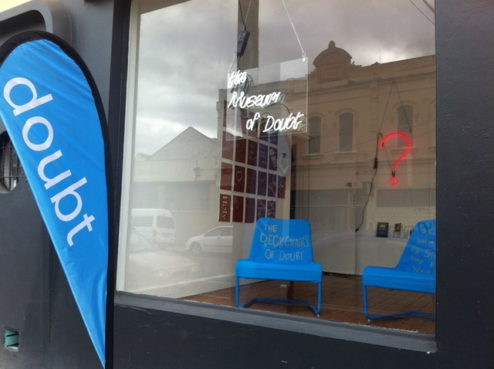
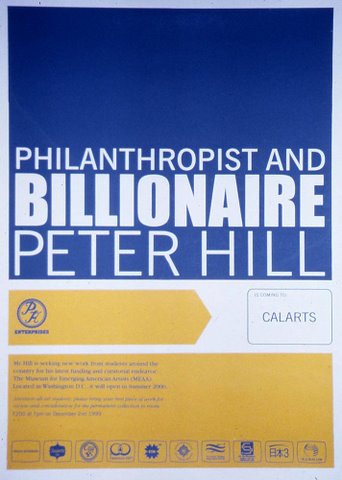
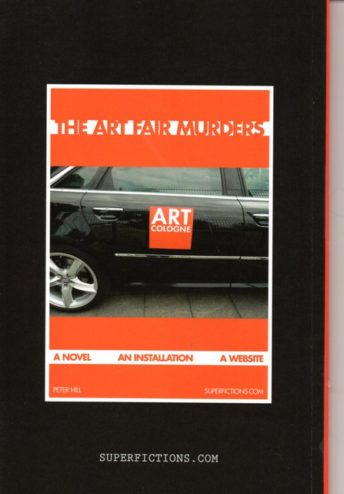
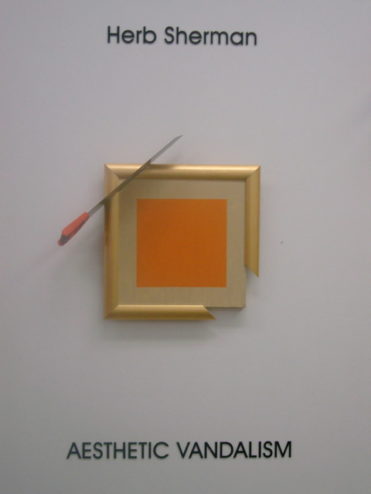
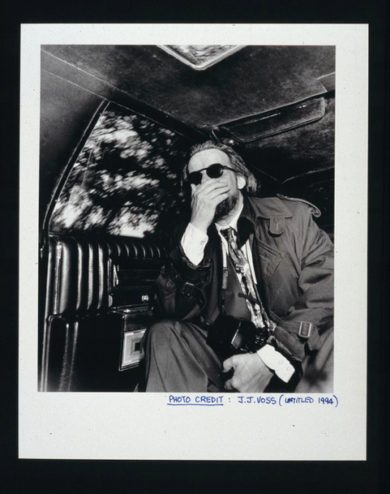


 Back to Homepage
Back to Homepage